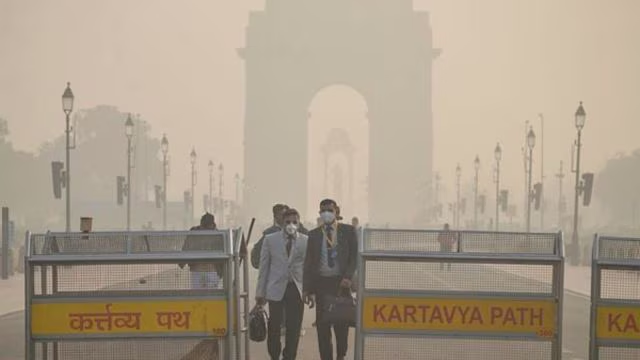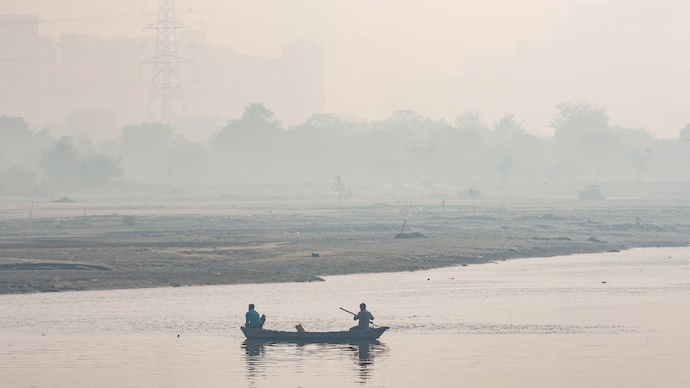Explore
- education
- national
- politics
- business
- science and technology
- health and lifestyle
- environment
- world
- entertainment
- travel
- in conversation
- opinion
- industry updates
- jobs in higher-ed
- sports
- Videos
- Magazine
- Admission
- Ranking
- Exams & Solved Papers
- Scholarship
- Study Abroad
- Current Affairs
- Insights
- Result
- Career Avenues
- Schools
- In-depth Interview
- JEE
- NEET
- Policy
- EdTech Updates





















